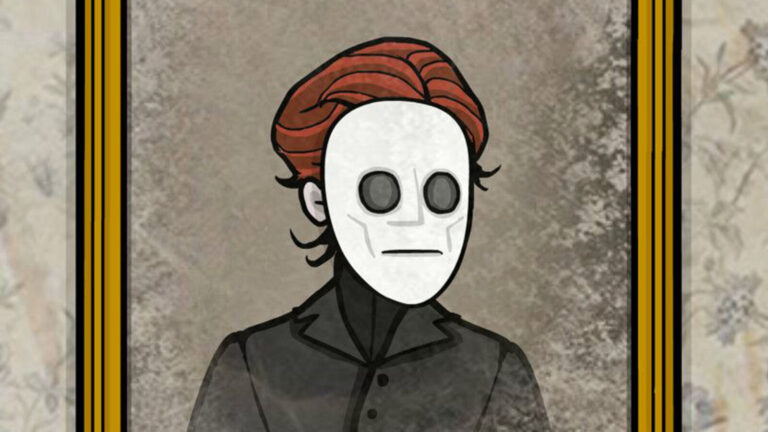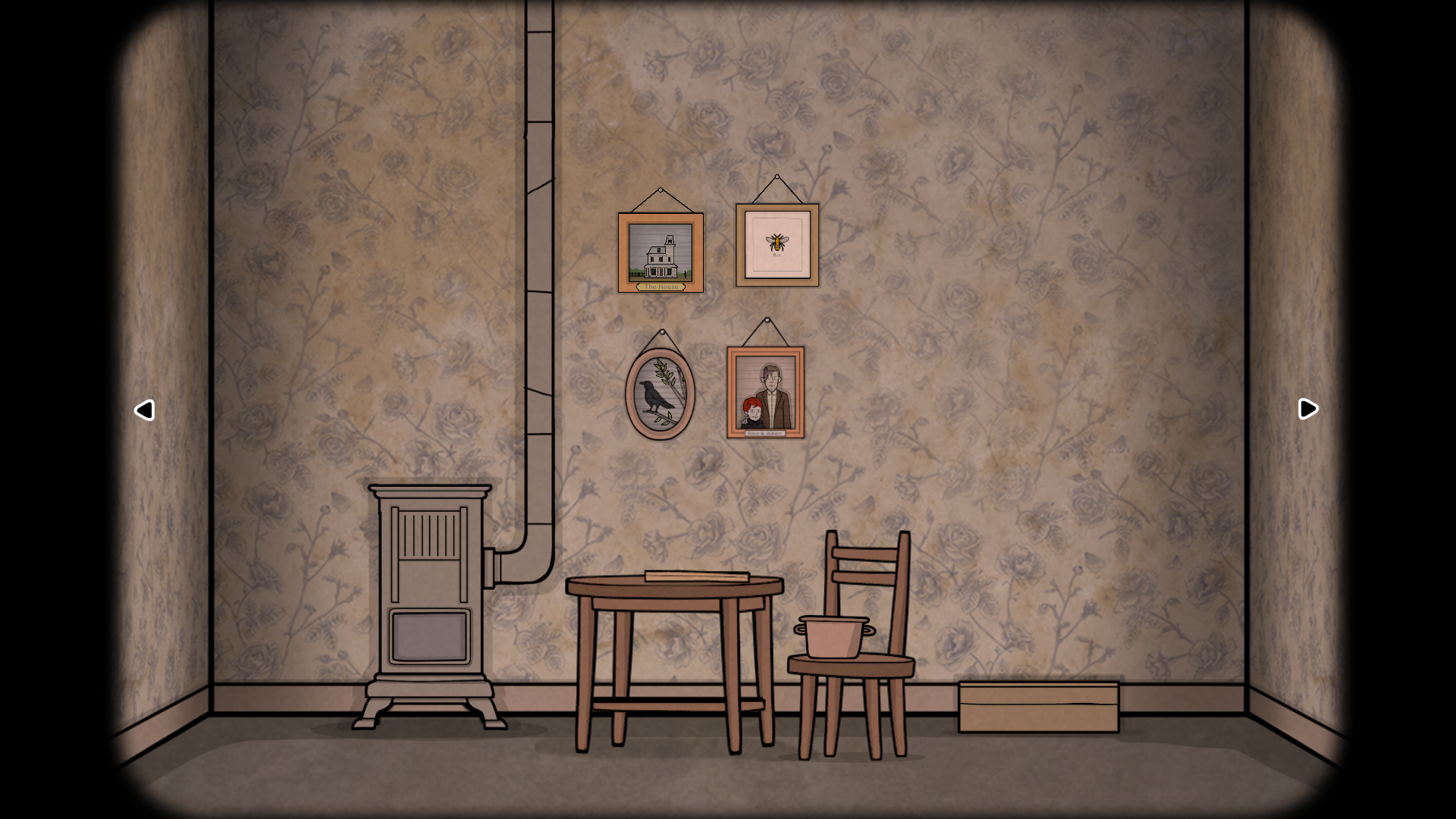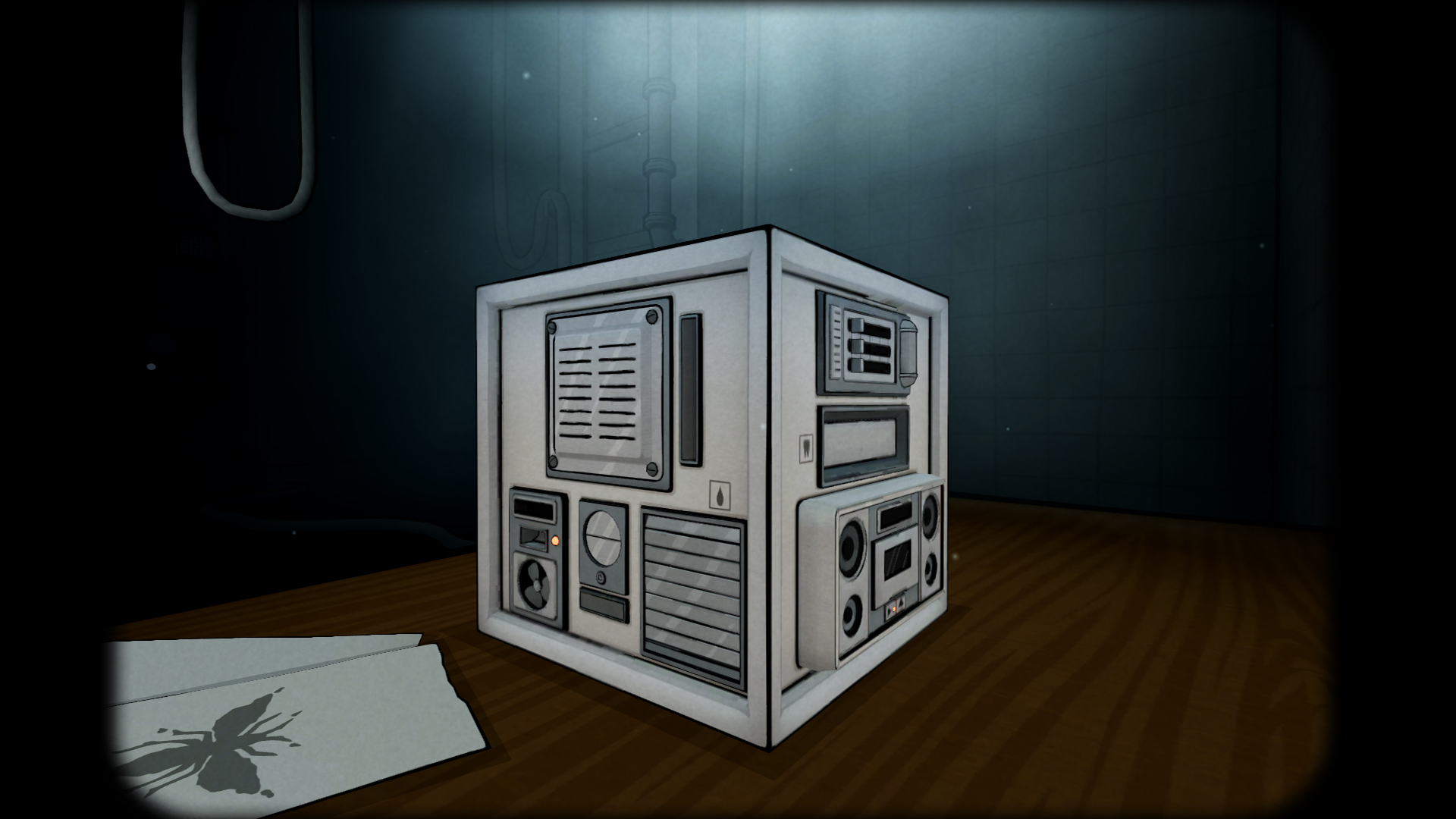
Few games are daring enough to require co-op. Fewer still go so far as to obscure a whole half of the sport from the opposite player, meaning the 2 people playing must always communicate so as to grasp what is going on on. The Past Inside is one among these games. It separates two players across two timelines, one in the longer term, one previously, then presents them with a series of puzzles they can’t solve without clues from the opposite person’s present. Only when solved, will the shared story move on.
The Past Inside’s fundamental use of two players means it is a game someone cannot review alone, so we didn’t attempt to. As a substitute, Matt Wales and Victoria Kennedy paired up and here, collectively, in dialogue format, is what they think.
Matt: Hi Victoria! What are you able to see?
Victoria: Hi there! I’m sitting at my desk, with my computer in front of me. And also you?
Matt: Funnily enough, I’m also at my computer – and if there’s one thing I’ve learned from our recent tangle with developer Rusty Lake’s latest co-op puzzler, The Past Inside, it’s that by combining our brains on the respective sides of our screens, we would just have the option to puzzle our technique to some final thoughts on the sport.
Now, I used to be already an enormous fan of the Rusty Lake games – and their free-to-play companion series Cube Escape – but this was your first Rusty Lake game, right? What did you already know in regards to the series before we played?
Victoria: Yes, this was my first Rusty Lake game and until you mentioned The Past Inside, the developer wasn’t on my radar in any respect. But I’m a puzzle fan, and after reading up on the studio’s previous titles, I used to be excited for some co-op fun.
Matt: So, for those who do not know, Rusty Lake specialises in casual, approachable – albeit gleefully sinister – puzzlers that riff on the classic room escape formula, all linked along with a surreal, loosely interconnected plot. That applies to all of the studio’s games, but while the Cube Escape series keeps things short and sweet, the larger Rusty Lake games have turn into increasingly ambitious with each latest entry. Rusty Lake: Roots, as an example, sees players ricocheting backwards and forwards through time, visiting different members of a family at various points throughout their lives – giving the essential puzzling some wonderful emotional richness – while the recent White Door introduces an intriguing split-screen twist.
The Past Inside mightn’t shake up the puzzling fundamentals an excessive amount of – it still plays out somewhere between a room escape game and point-and-click adventure – nevertheless it’s Rusty Lake’s first fully (and exclusively) co-op game, and one which comes with a compelling premise, asking players to unravel a mystery across two separate, but concurrently unfolding timelines.
Victoria: Yes! Players need to make your mind up which timeline they’ll each occupy in the beginning of the sport, and, for our playthrough, I used to be in the longer term when you were previously – each of us playing on different devices. Meaning neither can see anything the opposite sees, but because progress requires players to interact with objects in their very own timeline to seek out solutions to puzzles in the opposite, communication is important in any respect times – and it is important for each players to form a mental picture of one another’s surroundings, not only what’s in front of them.
Matt: And each set-ups are very different. My side of the experience – the past – shall be immediately familiar to anyone that is played a Rusty Lake or Cube Escape game before. I used to be dropped into the center of an old-fashioned room, presented in hand-illustrated 2D, and will explore it by rotating at 90-degree intervals to scrutinise each wall, prodding and poking any suspicious corners for items and clues. Your side – the longer term – was almost the inverse of that though, right?

Victoria: Yes, unlike you, I could not explore the room around me in any respect, so I could not really get a feel for where I used to be within the grand scheme of things. As a substitute, I had a cuboid device much like a pc in front of me, rendered in full 3D, that I could rotate around to look at the assorted contraptions attached to its 4 sides. Most of its buttons were meaningless at first, but as we began to explain our surroundings and started piecing together how the items we could see might relate to those in the opposite’s half, the sport – and the cube – began to open up.
Matt: Yeah, so a really basic example is perhaps that, by communicating what’s in front of us, we eventually each stumble across a near-identical pattern in our respective timelines – say, a labelled diagram tucked away in a drawer previously, versus some unnumbered buttons hidden on the longer term machine – and by me relaying the proper order to press them, you may then uncover some latest information I would want to use on my side elsewhere. Things do get rather more elaborate than that, in fact – decrypting clues on one side to navigate a maze or play a macabre game of chess in the opposite – but that exchange of unseen information is a continuing throughout.
What was surprising though, was how different each half of the sport felt – I do not think it is a spoiler to say each players get to try the 2 different forms of play because the story progresses – with the room section feeling slightly more open, and more like a classic point-and-click adventure, while the box segments were rather more claustrophobic and hands-on, very paying homage to Fireproof Games’ splendidly tactile The Room series. Actually, I felt loads more proactive within the room sequences, whereas I felt rather more reliant in your guidance in my box section.
Victoria: Yes, the box sections were almost the ‘control centre’ for the story beats. That is where we found instruction, and will act as a guide to the player who had free reign of the room they were in. I do know once I was sat at my cube, I made quite a lot of notes and sketches based in your descriptions to make sure I had a clearer idea of what on earth was happening at your end. Seems, I’m not an artist!
Matt: I used to be amazed once I saw all of the notes you made afterward! But you are right – when the roles flipped within the second half and it was your turn to have a complete room to explore, I discovered it much harder to visualise your timeline and ended up jotting loads more down too.

Victoria: I actually appreciated that each players got to experience different perspectives. Whenever you were exploring your room in the course of the first chapter, I did feel slightly disenchanted I could not enterprise away from my cuboid ‘computer’ to poke around and investigate what was lurking within the corners. Not that this made the puzzles I used to be completing any less compelling, however the curious a part of me was itching to step away from the table and discover what a few of those noises were, and where the flickering lights were coming from.
Matt: And I do not think it’s possible to overstate just how much communication is required. Regardless that we tried to color an image of our surroundings for one another before we began puzzling, each player continues to be largely playing blind and absolutely reliant on the opposite, and that meant we didn’t stop talking in any respect for the 4 or so hours it took to wrap things up!
Victoria: I needed a big pint of water to refresh my throat after we finished because we actually were non-stop talking for your complete game!
Matt: I’d probably go so far as to say that it is the communication element that is the actual challenge in The Past Inside – the puzzles themselves are all straightforward enough to maintain things pacey – but with each players completely blind to the opposite half of the sport, it really is significant to speak clearly and precisely, and it seems that is much harder, and more mentally strenuous, than it sounds! And I believe that helps turn what’s a comparatively casual puzzler at heart into something with its own very distinctive feel.
Victoria: I even have to agree with you in regards to the puzzles; once I’d settled into what the sport was all about, the following steps were fairly logical whenever you stripped them back and ignored the (literal) corpse within the room. And, at no point did I feel my part within the split timeline was taking a backseat to yours, it was well-balanced throughout.
Matt: Yes, and I’d say it’s definitely accessible enough to be picked up and played by any puzzle lover, no matter their gaming experience, and I really like the proven fact that being entirely built around blind information makes The Past Inside such an excellent equaliser. It’s really very difficult for either person to railroad the experience and completely take over.
Victoria: Just be warned, a number of the things you’ll need to explain to one another are pretty off the wall!
Matt: Yeah, there aren’t repeatedly I’ve had to inform someone, «I’m just sliding it into the corpse now!» over the phone.
Victoria: I did appreciate the little reminders that something macabre was happening. Sometimes, I used to be so focused on the puzzle at hand, the larger picture of the unfolding story got slightly lost – after which suddenly there it was in my face again, and hearing you describe your adventures with the corpse was equal parts funny and horrifying.
Matt: I did wish to ask what you fabricated from the general vibe! The series is pretty distinctive in its weirdness – part gruesome silliness, part maudlin horror, with the occasional dollop of existential dread – and I wondered what a newcomer fabricated from all of it.
Victoria: I actually enjoyed the vibe – there have been definitely sinister moments, but never in an overbearing ‘I won’t have the option to sleep at night’ type of way. But perhaps I’d have found it creepier if I’d been experiencing this all by myself. Our upbeat chatter did keep the mood lighter than I presume you’ve got present in your previous forays with the Rusty Lake games.
Matt: Yeah, I believe if there was one real disappointment for me, it was that the constant need to speak and chatter did kind of undermine the beautiful creepiness that is all the time been the hallmark of the Rusty Lake games.
But now we have puzzled our way through all that, I suppose it is time to mix heads and are available to a conclusion – is The Past Inside deserving of a coveted Eurogamer badge?
Victoria: Overall, I enjoyed our time with the sport. I’d say its overarching narrative was compelling, the gameplay mechanics were easy to know, it didn’t overstay its welcome, and visually all of it looked very nice. And I particularly liked the concentrate on teamwork between each timelines. While I’ve played time-hopping games before, this one really stood out for its unique approach – and definitely made me wish to check out more games by Rusty Lake.
Matt: Yes, and clearly I used to be coming to the entire thing from a distinct perspective, having already been an enormous fan of the Rusty Lake series – so the probabilities I used to be going to love The Past Inside were all the time pretty strong. But even viewed in isolation, I believe it’s a captivating co-op experience – definitely quite unlike anything I’ve played before. Just that absolute concentrate on communication and teamwork introduced a type of challenge I genuinely wasn’t expecting, but found enormously rewarding all the identical.
Truthfully, I’d be inclined to talk highly of The Past Inside if that was it, but in addition to being splendidly accessible, it is also low-cost as chips (it’ll cost between £2.50 and £5 on release, depending in your chosen platform), and there is even a second mode which features barely remixed puzzles so each players can have a go in the opposite timeline without just marching through the identical steps all all over again. Ultimately, so long as you understand its puzzles are pitched toward a more casual audience and that it’s a comparatively short game – albeit one which feels just the best length given its mental demands – I believe it’s a simple sell. But when we’ll do that the correct Past Inside way, we’ll each must commit to a countdown and press the suitable buttons at the identical time. So, 3…2…1…
Victoria: Really useful.
Matt: Really useful.